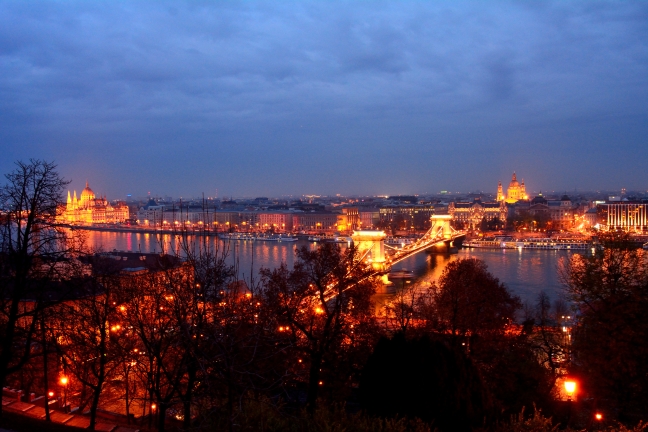Travel, I have come to realize, is nothing but seeing, gathering, and sometimes living stories of lands away from home. Some are sad stories, some are joyful stories, some are miraculous, some run-of-the-mill; but they are all tales of people at once similar to and different from those we have grown up around, living lives that are often so like ours, but not quite.
Once in a while, you run into a story so powerful, so astonishing, that it absolutely deserves to be told. You turn it over in your head, like a Rubik’s cube you’re at the edge of solving but can’t quite get right. It grips you with the tenacity of a bulldog and simply will not let go. These are stories where words are, perhaps, simply not enough to convey the essence of what must be shared. Having run into one such story during my brief stay in Budapest, this is my first attempt at blogging with both photographs and words. I hope I am able to do some justice to it.

A little over two years ago, the government of Budapest erected this monument quite literally overnight, from 20th to 21st July 2014. The entire square was cordoned off and guarded by the police, while workers labored through the night to set it up. There had been significant protests against the plans for the monument when it was announced earlier. Why, one may ask? The monument depicts an imperial eagle, representing Nazi Germany, swooping down at a statue of Archangel Gabriel, meant to represent Hungary. The problem, as the Jews of Hungary saw it, as the descendants of the Roma saw it, as the homosexuals, or as any decent person saw it, is this – Hungary was a willing ally of the Nazis. From June 1941 till Germany’s defeat at Stalingrad, Hungary was a staunch supporter in all their demonic policies (including the Holocaust, to which Budapest’s Shoes memorial still pays a poignant and haunting tribute). The occupation of Hungary only happened in 1944, after Hungary tried to back out of the alliance in fear of an impending defeat of the Axis powers.
The monument was a blatantly offensive attempt at revising history to make the Hungarian government, and the Hungarian people, look like victims rather than perpetrators. The Jewish community, in particular, protested vehemently, as did the opposition, rights groups, civil society groups, and the like. Vigils, marches, and human chains were organized against Prime Minister Viktor Orban’s government.
But the monument was not taken down. It stood, despite all protests. So the people of Budapest fought back in other ways.

The barbed wire guarding the monument became the canvas of the protesters. It began to fill up with clippings, photographs, news articles, and memorabilia that showcased the truth of those times- the roundup of Jews, executions, a few extraordinary tales of bravery (like that of Raoul Wallenberg, who saved nearly a 100,000 Jews in Hungary) and more. The people had decided that if the government would not demolish this monument, then they would ensure that the truth would find a voice.
There were attempts to have the site cleared. Multiple times, clearing activities were initiated.

The mementos would inevitably return, more poignant and in greater numbers. The entire area became a symbol of honesty and compassion for the fallen, and the locus of rage against political machinations. People raised their voices against a government who sought to take control of the national narrative, not too unlike what we see in so many parts of the world today.

In an era where textbooks are being re-drafted, where all one sees or hears is “us vs them”, where jingoistic nationalism and clickbait patriotism abound, it is impossible to stand in front of this monument and not be humbled. Humbled by the refusal of an entire people to accept the comfort of pretense, and by their bravery in revealing the rawness of their wounds in an effort to keep truth alive.
Budapest is a young democracy, only about 26 years old. They rose from a “gentle” Communism, which was preceded by a Stalin-esque dictatorship following the “liberation” of Hungary. There is, in the words of one of the locals, still a lot wrong with the systems of the country. But these are clearly people who will band together for the good of their nation. Theirs is not the patriotism so vehemently preached by the politicians of today. There is no loud chest-thumping to profess love for the country, no co-opting of institutions in the name of the “greater good”. There is simply a willingness to look at the rawness of history as it was, and to draw the painful but necessary lessons and use them to better their nation. There is compassion and empathy, a sense that both the persecuted and the erstwhile persecutors must now work together to erase the bloody stains of the past and live in harmony. This little square in central Budapest highlights so many lessons that the people of the world need to know today, that have been drowned out by the diatribe of those who would sow fear and discord in an effort to climb the rungs of power.

Reblogged this on High on LSD.
LikeLike
Cool city!!
LikeLike